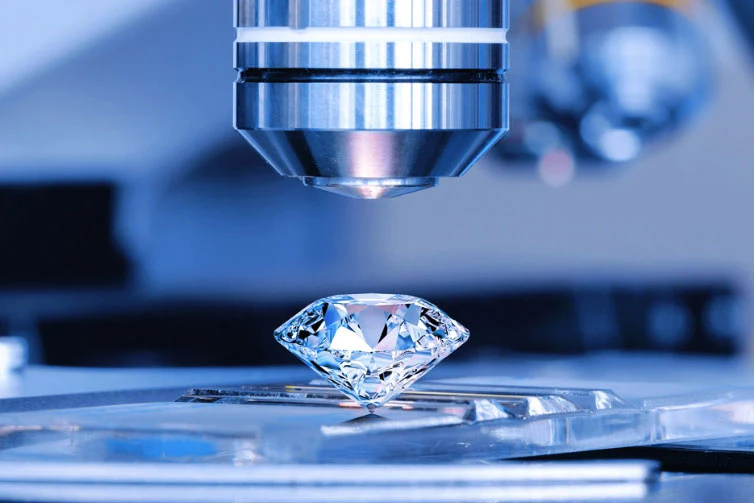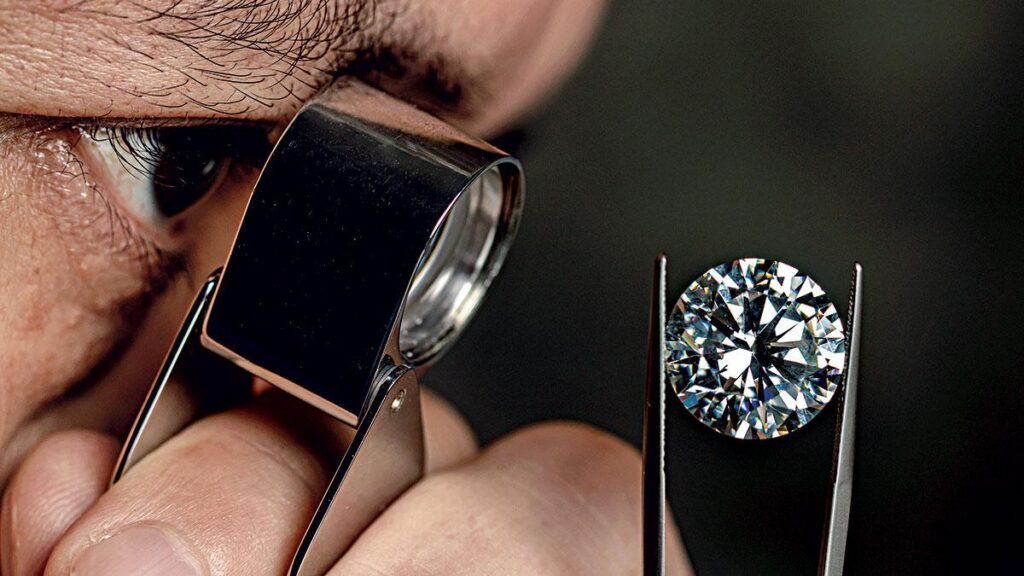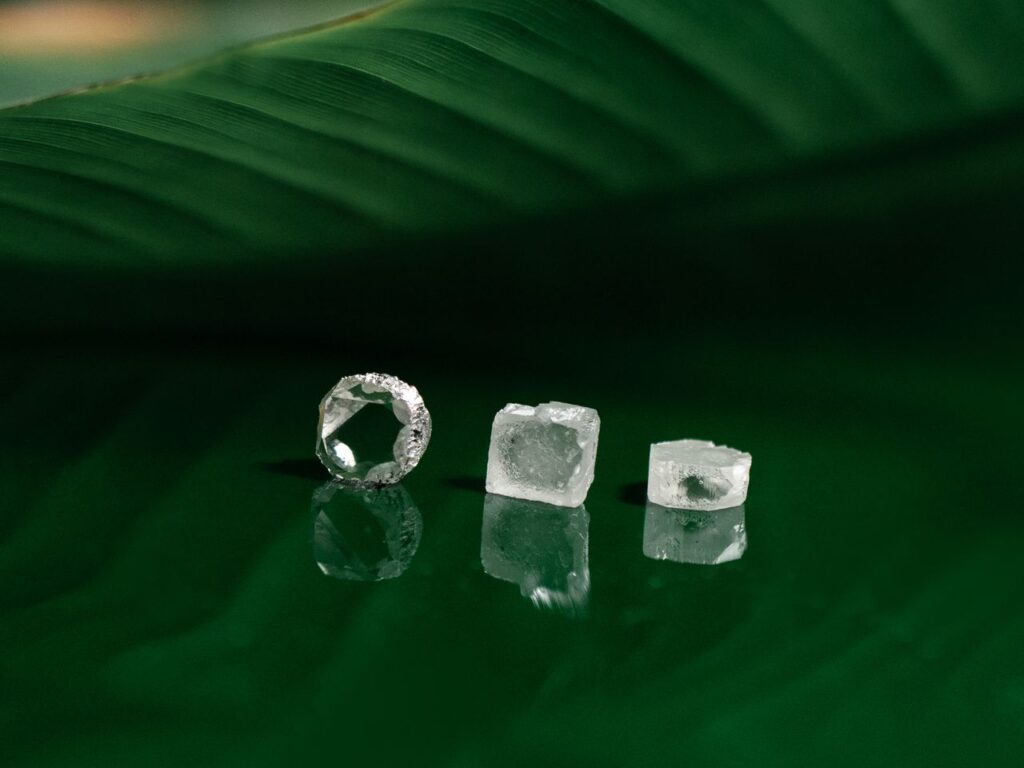
Unveiling the Next Generation of Fine Jewelry: Things to Know About Lab-Grown Diamonds
In recent years, a remarkable shift has taken place in the world of fine jewelry. Lab-grown diamonds, also known as synthetic or cultured diamonds, have emerged as a captivating alternative to their naturally occurring counterparts. These diamonds are created in controlled laboratory environments using advanced technology, replicating the same chemical composition and physical properties as natural diamonds. The increasing demand for sustainable, ethical, and affordable options has paved the way for lab-grown diamonds to shine bright in the jewelry industry.
Understanding the science behind lab-grown diamonds
To truly appreciate the beauty and significance of Lab grown diamond rings, it is essential to grasp the science behind their creation. Lab-grown stones are formed through two primary methods: High Pressure-High Temperature (HPHT) and Chemical Vapor Deposition (CVD). The HPHT process involves subjecting a small gem seed to extreme heat and pressure, allowing carbon atoms to crystallize and form a diamond. In the CVD process, a stone seed is placed in a vacuum chamber where carbon-rich gases are activated to deposit layers of carbon atoms, resulting in gem growth.

Key differences between natural and lab-grown diamonds
While they possess the same physical, chemical, and optical properties as natural gems, there are some key distinctions to consider. Natural stones take billions of years to form deep within the Earth’s crust, whereas they can be created in a matter of weeks. The growth conditions in a lab also result in fewer impurities, making lab-grown gems potentially higher in clarity. However, natural diamonds exhibit a unique diversity of inclusions and color variations that some find particularly alluring.
The ethical and environmental advantages of lab-grown diamonds
Ethical concerns surrounding the gem industry have prompted many consumers to seek alternatives that align with their values. they are conflict-free, meaning they are not associated with human rights abuses or funding of armed conflicts. Additionally, their production has a significantly lower environmental impact compared to mining. The extraction of natural stones involves land disturbance, water pollution, and energy-intensive processes. By choosing them, consumers can contribute to a more sustainable and socially responsible jewelry industry.
Exploring the affordability of lab-grown diamonds compared to natural ones
Traditionally, natural gems have been considered a luxury item with a hefty price tag. However, they offer an affordable alternative without compromising on quality. The controlled production process allows for a more consistent supply, which helps stabilize prices. As a result, they are often priced at 30-40% less than their natural counterparts. This affordability factor makes lab-grown diamonds accessible to a wider range of customers who desire the elegance and allure of gems without breaking the bank.

Unveiling the stunning beauty and quality of lab-grown diamonds
Lab-grown diamonds are not only affordable but also breathtakingly beautiful. They possess the same captivating sparkle, brilliance, and fire as natural gems. With advancements in technology, they are now available in a wide range of sizes, shapes, and colors, offering endless possibilities for creative and unique jewelry designs. Jewelers and designers are increasingly incorporating them into their collections, recognizing the immense potential and aesthetic appeal of these exquisite gemstones.
Addressing misconceptions about lab-grown diamonds
Despite the growing popularity, there are still some misconceptions that need to be addressed. One common misunderstanding is that they are “fake” or “artificial.” In reality, they are real diamonds, sharing the same physical properties and composition as natural gems. Another misconception is that they are of inferior quality. However, lab-grown stones undergo rigorous grading and certification processes, ensuring their authenticity and quality standards.
The increasing popularity of lab-grown diamonds among millennials and Gen Z
Lab-grown gems have gained significant traction among millennials and Gen Z consumers who prioritize sustainability, ethical sourcing, and unique personal expression. These generations are actively seeking out alternatives to traditional diamond mining, and they perfectly align with their values. The affordability and customization options offered by make them an attractive choice for engagement rings, wedding bands, and other jewelry pieces that symbolize love, commitment, and self-expression.

The role of technology in creating flawless lab-grown diamonds
Technology plays a crucial role in the creation of flawless gems. With cutting-edge equipment and precise control over growth conditions, scientists can produce diamonds with exceptional clarity and color. The use of advanced spectroscopy and imaging techniques allows for accurate grading and identification of these stones, ensuring transparency and consumer confidence. Continuous research and innovation in the field of stone synthesis are driving the development of even more refined and exquisite them.
How lab-grown diamonds are revolutionizing the jewelry market
Lab-grown stones are revolutionizing the jewelry market by challenging long-standing conventions and offering a sustainable, ethical, and cost-effective alternative. Jewelry brands and retailers are recognizing the changing consumer preferences and embracing them as an integral part of their collections. This shift is reshaping the industry landscape, promoting transparency, and fostering positive change. As more consumers become aware of their advantages of them, the demand for these exquisite gems is expected to soar, driving further innovation and market growth.
The Future of lab-grown diamonds and their potential impact
The future of lab-grown stones is undeniably bright. As technology continues to advance, the production process will become more efficient, leading to increased supply and further cost reduction. Lab-grown stones have the potential to become the new norm in the jewelry industry, coexisting alongside natural stones and offering consumers a broader range of choices. With their ethical and environmental advantages, they have the power to reshape the industry’s perception and contribute to a more sustainable and responsible future.

Conclusion
In conclusion, lab-grown diamonds have emerged as a remarkable alternative in the world of fine jewelry. They offer a sustainable, ethical, and affordable option without compromising on quality or beauty. Lab-grown stones are revolutionizing the industry, appealing to environmentally conscious consumers and younger generations seeking unique personal expression. With their increasing popularity, stunning aesthetics, and technological advancements, they are poised to shape the future of the jewelry market, creating a positive impact and paving the way for a more sustainable and inclusive industry.